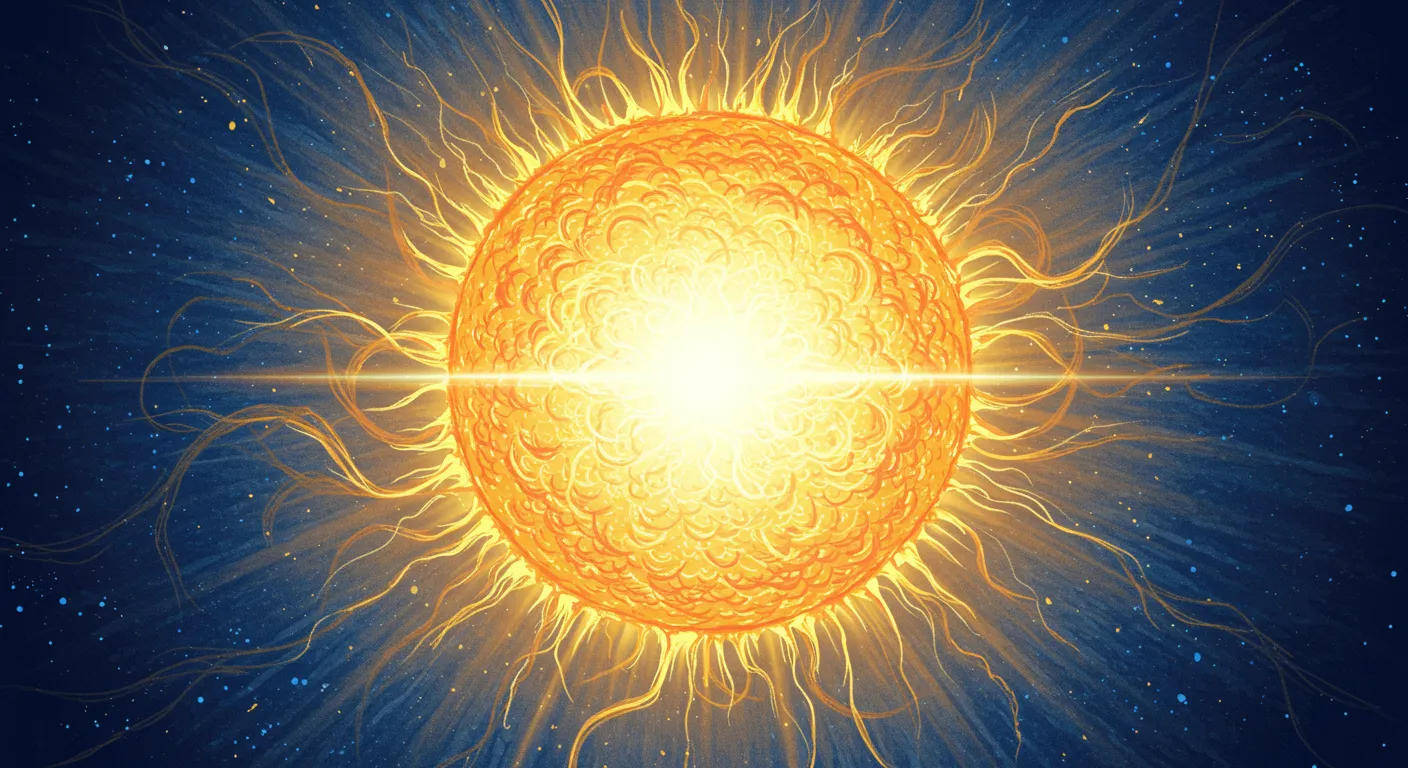The Solar Orbiter's latest high-resolution image of our closest star has reignited online discussions about solar stability, technological observation, and the potential of artificial intelligence in astronomical research.
Online commentators quickly pivoted from awe to contemplation, with one noting the delicate balance of solar consistency. The anthropic principle suggests that the Sun's relative stability has been crucial to human development, despite occasional dramatic solar events that remind us of our star's unpredictable nature.
The image has also prompted speculation about future technological capabilities. One commentator raised an intriguing question about AI's potential to create a comprehensive digital replica of the Sun, using both high-resolution and standard imaging data from sources like NOAA's space weather monitoring systems.
This intersection of cutting-edge space observation and artificial intelligence highlights the ongoing evolution of how humans understand and interact with astronomical data. The Solar Orbiter's mission represents more than just another space technology project—it's a window into our cosmic neighborhood.
The discussion underscores a broader technological fascination: our ability to capture, analyze, and potentially simulate complex astronomical phenomena is rapidly expanding, driven by advances in imaging technology and machine learning.


